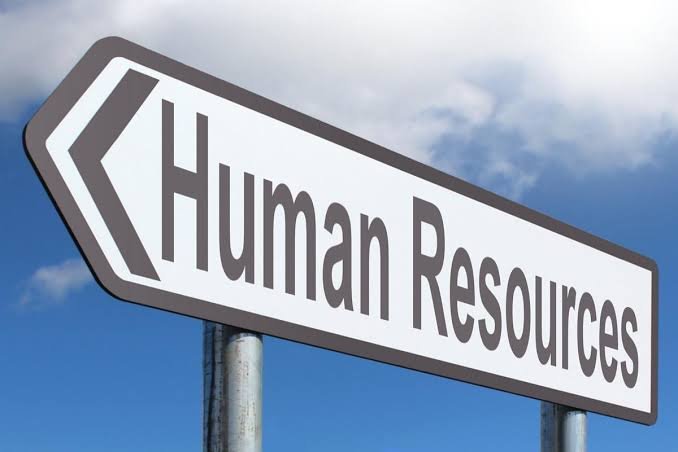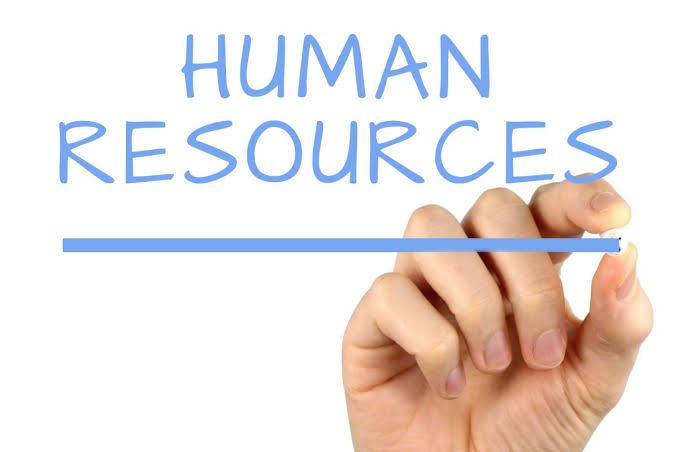Human resources managment in a changing environment external factor


External Factors
The external environment consists of those factors.
which affect an organization’s human resources from outside the organization. Each of these external factors separately or in combination can influence the HR function of any organization.
Some of these are as follows:
1. Technological Changes: The term technology refers to how an organization transforms its inputs into outputs. Every organization has at least One technology for transforming its resources into products or services. Maruti Udyog Limited uses the assembly-line process to convert its financial, human and physical resources into products.Management institutes employ a variety of instructional technologies (including cases, games, exercises, role plays, presentations, etc.) for imparting knowledge to young students.
As we all know, the works pot of year 2000 is significantly different from its counterpart in- early 70s, chiefly because of computerization. The invention and development of microchips has brought a dramatic revolution in workplace.
Competition and a host of other reasons are responsible for the rapid technological changes and innovations.In consequence of these changes, technical personnel,skilled workers and machine operators are increasingly required while the demand for other categories of employees has declined. But it is found that the supply of former category of employees has dwindled in relation to the demand for the same. Hence, procurement of skilled employees and their increase in numbers to match the changing job requirements has become a complicated task. In addition, not only new organizational relationships and different motivational techniques to satisfy the changed relationships but also to retain technically skilled and efficient personnel will be required.
2. Economic Factors: A number of economic factors affect human resources management of an organization by influencing its operations. The significant among them are, economic system, economic policies, national income, per capita income, wage level and structure, distribution of income and wealth etc. These factors mostly influence the wage and salary levels of an organization.
3. Social Factors: Social environment consists of
class structure, mobility, social roles, social values, nature and development of social institutions, caste structure and occupational structure, socially forward and weaker sections. traditions, religion, culture etc. These factors influence the human resources management of an organization, viz., its human resources.
Changing Psycho-social System- In the traditional
bureaucratic mode, the organizations were designed to perform technical functions with strict compartmentalization of work functions. But in future, human participation will be required not only in technical functions but also in establishing the democratic humanistic system.
Equalitarian Social System- Major developments
that have taken place in the last four decades have been due to the desire of the organization’s members to have greater say and influence in organizational functioning. Thus, contemporary organizations are putting lesser emphasis on the hierarchical structures and thus moving towards a more equalitarian social system. This is going to be more common in days to come.
4. Political Factors: Political stability, political par-
ties and their ideologies and political gimmicks, formations of new political parties, splits in and amalgamation of existing parties naturally affect the trade union in an organization. This in him results in intra and inters Union rivalry, formation of new trade unions, splits in and amalgamation of existing trade unions etc. These changes in trade unions complicate the task of HRM.
5. Legal Factors: One of the most important external factors that affect HRM is the legal environment, i.e., awareness of legislations enacted by the government at the Center and the States. The important legislations enacted in India affecting HRM are: Factories Act, 1948; Trade Unions Act,1926; The Payment of Wages Act, 1936; The Minimum Wages Act, 1948; The Employment State Insurance Act, 1948;
Workmen’s Compensation Act, 1923; The Payment of Bonus Act, 1965; The Industrial Employment (Standing Orders) Act, 1946; The Employment Exchange (CompulsorybNotification of Vacancies) Act, 1959; Payment of Gratuity
Act, 1972; The Maternity Benefit Act, 1961; The Apprentice Act, 1961, etc.
To meet with the increasing changes in the legal environment, necessary adjustments will have to be made sonthat greater utilization of human resources can be achieved.
6. Impact of Globalization: Our economy is gradu-
ally getting integrated with the global economy. Globalizationnhas considerable influence on HR functions. Employee hiring, training, motivation, compensation and retaining are tonbe guided by the global perspective. By discharging these and other functions effectively and by helping the best qualified people execute the company’s strategy on a globalbscale, the department can become a source of competitive advantage for the company.
As every advanced nation is increasingly becomingnglobalized, skills and cumulative learning of its workforce become its competitive assets. All developed countries can design, produce, and distribute goods and services withnease and speed. Every factor of production, other thannworkforce skills, can be duplicated anywhere in the world.
Capital moves freely across national boundaries, seeking the lowest costs. State-of-the-art factories can be erected anywhere. The latest technologies move from computers inbone country, up to satellites parked in space, and back downnto computers in another nation all at the speed of electronic impulses, It is all fungible- capital, technology, raw materials, information – all except for one thing, the mostncritical one, the element that is unique about a nation – its workforce.
A workforce that is knowledgeable and skilled at
doing complex things keeps a company competitive and attracts foreign investment.
The benefits between globalization and workers are mutual. In fact, the relationship forms a virtuous circle-well trained workers attract MNCs, which invest and offer workers good jobs; the good jobs in turn, generate additional training and experience.
7. Changing Demands of Employers: Changes have not always been on the side of employees. Organizations have also undergone changes and consequently their de-mands on employees have also changed. The technological revolutions and cut-throat competition of most of the organizations demand that the existing employees adopt to the ever-changing work situations and learn new skills,knowledge, etc., so as to be useful and productive all the time.




